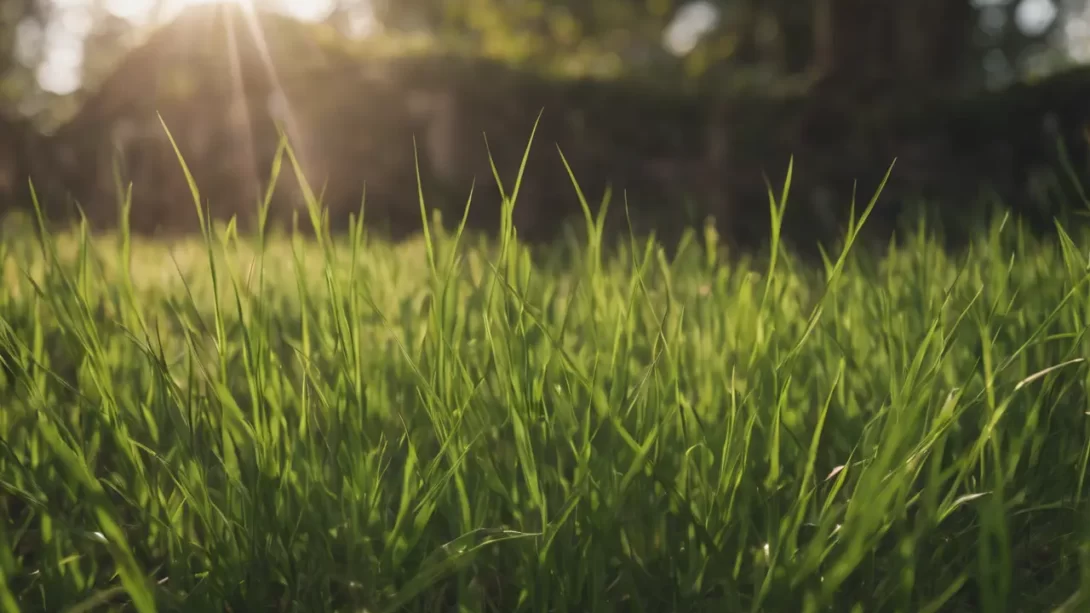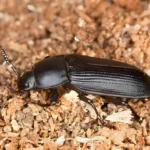Bermuda grass is a popular choice for lawns, particularly in warmer climates, due to its dense growth and resilience. However, a common concern among homeowners and landscapers is how well Bermuda grass fares in shaded areas. Understanding the light requirements of this grass is crucial for maintaining a healthy and vibrant lawn. This article aims to delve into Bermuda grass’s shade tolerance and provide practical insights for optimal lawn care in various light conditions.
Bermuda Grass
Bermuda grass, scientifically known as Cynodon dactylon, is a warm-season turfgrass known for its fine texture and deep green color. It thrives in hot, sunny environments and is widely used in regions with a warm climate, such as the southern United States. Bermuda grass is renowned for its durability and is often the grass of choice for sports fields, golf courses, and residential lawns due to its ability to withstand heavy foot traffic and recover quickly from damage.
Light Requirements for Bermuda Grass
Sunlight is a critical factor for the growth and health of Bermuda grass. Ideally, Bermuda grass requires at least 6 to 8 hours of direct sunlight each day to maintain its density and vibrant color. In optimal sunlight conditions, Bermuda grass develops a deep root system, which enhances its drought tolerance and overall hardiness.
The growth, texture, and health of Bermuda grass are significantly affected by light availability. Inadequate sunlight can lead to a thinner lawn with weaker grass blades. It also affects the color of the grass, causing it to lose its characteristic deep green hue. Furthermore, limited sunlight can make Bermuda grass more susceptible to diseases and pests due to reduced vigor and density.
Bermuda Grass and Shade Tolerance
When it comes to shade tolerance, Bermuda grass faces some limitations. While it is a robust and adaptable grass, its ability to thrive in shaded conditions is not as strong as some other grass varieties. Bermuda grass can survive in light shade but tends to struggle in areas that receive less than four to six hours of direct sunlight per day.
The degree of shade tolerance in Bermuda grass can vary based on the specific cultivar, with some improved varieties offering slightly better shade resilience. However, even these varieties cannot compete with the shade tolerance of certain other grass types, such as St. Augustine or zoysia grass. In heavily shaded areas, Bermuda grass typically becomes sparse and loses its lush, green appearance.
Managing Bermuda Grass in Shaded Areas
For those with Bermuda grass lawns that have shaded areas, there are several strategies to improve the health and appearance of the grass:
- Pruning and Thinning Overhead Trees: Increasing light penetration by strategically pruning trees and shrubs can help enhance the sunlight exposure for Bermuda grass.
- Proper Lawn Care Practices: In shaded areas, Bermuda grass requires careful maintenance. This includes proper fertilization, watering, and mowing at the right height to encourage denser growth and better adaptation to lower light conditions.
- Utilizing Shade-Tolerant Grass Varieties: In areas of heavy shade, it may be beneficial to overseed with a more shade-tolerant grass species. This can provide a fuller, healthier lawn appearance even in areas where Bermuda grass struggles.
- Ground Covers for Shaded Areas: In spots where grass growth is particularly challenging, consider using shade-tolerant ground covers that can thrive with minimal sunlight.
Conclusion
In summary, Bermuda grass, known for its resilience and lush appearance in full sun, has limited shade tolerance. It thrives best in environments where it can receive ample sunlight, ideally six to eight hours a day. In shaded areas, Bermuda grass often struggles to maintain its density and vibrancy, and can become susceptible to pests and diseases due to weakened growth.
For those managing lawns with both sunny and shaded areas, understanding the light requirements of Bermuda grass is key to effective lawn care. Improving light access through pruning, employing proper lawn maintenance techniques, and considering alternative grass varieties or ground covers for heavily shaded areas can help maintain a healthy and attractive landscape.
It’s important to recognize that while Bermuda grass is a great option for sunny lawns, it may not be the best choice for areas with significant shade. In such cases, exploring other shade-tolerant grasses or landscaping solutions can lead to better results and a more aesthetically pleasing garden or yard.
By considering the specific needs of Bermuda grass and adapting lawn care practices accordingly, gardeners and homeowners can ensure the vitality of their lawns, regardless of the challenges posed by varying light conditions. Embracing a flexible and informed approach to lawn care will not only enhance the beauty of your outdoor space but also contribute to the overall health and ecological balance of your garden ecosystem.



